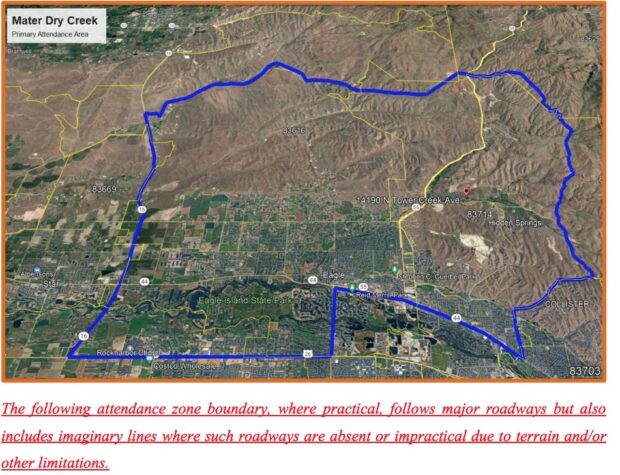
An extra zero added to an education department classification code resulted in an hour’s long tiff at Thursday’s Idaho Public Charter Commission meeting.
To fix the problem, commissioners considered revising a tool used to evaluate charter school performance but decided to wait. Right now the commission is searching for a new director and waiting for the governor to fill two commission vacancies.
The seven-member charter commission is responsible for overseeing a portfolio of 70 statewide schools. It ensures taxpayer funds are spent wisely and that each school is living up to its academic and administrative responsibilities. The commission experienced several recent struggles, with the resignation of key leaders and controversial renewal hearings that kicked off this year’s tumult.
Commissioners acknowledged that Heritage Academy’s clerical error revealed an underlying problem with their accountability process that annually evaluates each school’s performance.
“This is not what we intended,” said commission vice-chairman Sherrilynn Bair.
“For whatever reason, the incorrect information was ratcheted into the report and could not be taken out,” said Bret Walther, Heritage’s legal counsel.
Heritage administrators and their attorney emphatically disputed a 2022 report that claimed the school’s operations — special education compliance, nutrition, accreditation, and transportation — performed below standard.
Annual performance reports are used by charter schools to identify where academic, financial or administrative improvements can be made, and it’s also a tool to help parents evaluate schools.
“(Parents) might have the impression that this school has unauthorized teachers,” Walther said, and “this mark could potentially be held against the school on a future renewal application. So it’s important that these reports be accurate.”
Heritage had submitted a staffing report to the State Department of Education with a coding error that classified one teacher as not properly certified for elementary education.
“Every district in the state receives error reports and you correct those errors,” said Christine Ivie, Heritage’s superintendent.
After the error was properly corrected within 30 days, according to Ivie, it still caused the school to receive the low compliance rating — the only low rating on the report. That coding error should not have been included in the school’s report, Ivie argued.
“I’ve identified the number of typos in the commission staff emails or commission reports,” Ivie said. “Does that mean the commission doesn’t meet operational standard?”
Ivie said the report’s purpose is to be accurate, consistent and equitable — none of which was accomplished. Every teacher at the school is fully credentialed; as well, the report relied on a flawed rubric that was not used by other schools, Ivie said.
Ivie noted that two schools with similar situations received favorable reports. Gem Prep North and Gem Prep Pocatello both had uncertified staff, yet they exceeded standard with 98% and 91% ratings.
The rubric used for Heritage’s report is the revised version, while Gem Prep and other charter schools used an older version, said Melissa-Jo Rivera, the commission’s interim director.
“We do have incompatible things going on here,” said chairman Alan Reed.
The two versions — and their rubrics — are completely different, Rivera confirmed.
The commission adopted the new version in 2020. Now, 16 schools are still assessed with the older version and 46 schools use the new version. All schools will eventually transition to the new framework.
Under the old performance report — even with the clerical error — Heritage would have received an “exceeds standard” rating, according to Ivie. So given similar scenarios, the two rubrics offer different results.
“I’m shocked by that,” Ivie said. “Is this what the commission intended?”
The commission voted unanimously to revise Heritage’s 2022 annual performance report to reflect an “exceeds standard” for the operational measure.

Commissioners approve new charter school in Eagle
Eagle could have a new K-8 school in the fall of 2024. The commission approved a petition to open Mater Academy, A Dry Creek Charter (DCC).
DCC plans to offer educational opportunities at the confluence of three growing subdivisions with thousands of homes already built, underway or planned. It will enroll just over 600 students. They plan to hold a lottery in the spring of 2024.
DCC will be in the West Ada School District. And because West Ada does not plan to expand in this area for another 10 years, the commission favored this petition. The new charter’s board said their research shows that charter, public and private schools in the area are full.
“This could be a solution for the district,” said commissioner Nils Peterson.
Waiting another 10 – 12 years for West Ada to build a school will cause a state of crisis, the commission said.
The new school board is working under a tight deadline. In the summer of 2024, they will need to prove there are enough students enrolled to support a balanced budget, all the contracts and grants are in place, and their facilities are ready. Otherwise, the school’s opening will be delayed for one year.
